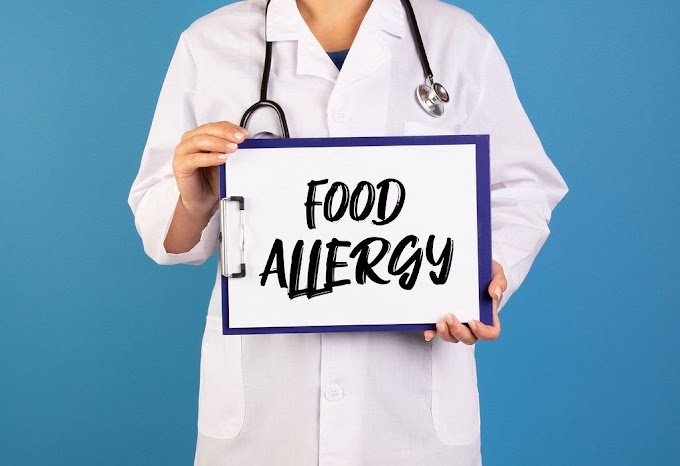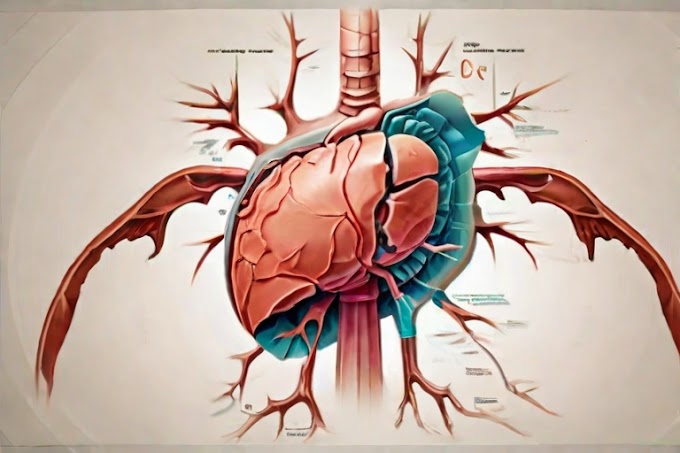Introduction
Food allergies occur when the immune system reacts abnormally to specific proteins in certain foods. Unlike food intolerance, allergies involve the immune system and can trigger a range of symptoms, from mild discomfort to severe, life-threatening reactions. The prevalence of food allergies has been on the rise, impacting both children and adults.
Common Food Allergens
- Peanuts: A common allergen, peanut allergies can elicit severe reactions.
- Tree Nuts: Including almonds, walnuts, and cashews, tree nut allergies are often lifelong.
- Milk: Lactose intolerance differs from a milk allergy, which involves an immune response.
- Eggs: Egg allergies are common in children but may be outgrown over time.
- Soy: Soybeans and soy products can trigger allergic reactions.
- Wheat: Wheat allergies are distinct from gluten intolerance or Celia disease.
- Fish: Allergies to fish, such as salmon or tuna, are prevalent.
- Shellfish: Including allergies to crustaceans like shrimp and crabs.
Symptoms and Reactions
- Immediate Allergic Reactions: Occur within minutes and may include hives, swelling, and digestive issues.
- Delayed Allergic Reactions: Manifest hours after ingestion, involving digestive symptoms.
- Anaphylaxis: A severe, life-threatening reaction affecting multiple systems, requiring immediate epinephrine administration and emergency medical attention.
Diagnosing Food Allergies
- Allergy Testing Methods: Include skin prick tests and blood tests to identify specific allergens.
- Consultation with Allergists: Allergists play a crucial role in diagnosing and managing food allergies, providing personalized plans based on individual sensitivities.
Managing and Treating Food Allergies
- Strict Avoidance Strategies: The primary method for managing food allergies is avoiding known allergens.
- Epinephrine and Emergency Action Plans: Individuals with severe allergies must carry epinephrine injectors and have emergency action plans in place.
- Medications for Symptomatic Relief: Antihistamines and corticosteroids may provide relief for mild symptoms.
Living with Food Allergies: Tips and Strategies
- Label Reading and Cross-Contamination: Understanding food labels and being vigilant about cross-contamination is crucial.
- Dining Out and Travel Considerations: Communicating allergies to restaurant staff and careful planning can enhance safety.
- Support Groups and Resources: Joining support groups and accessing educational resources can provide emotional support and practical insights.
Conclusion
In conclusion, navigating the complexities of food allergies involves understanding common allergens, recognizing symptoms, seeking professional diagnosis, and adopting effective management strategies. While living with food allergies presents challenges, proper education, vigilant strategies, and a supportive community can empower individuals to lead fulfilling lives.
Related Keywords:
Food Allergy
Types of Food Allergy
Food Allergy Types
Common Food Allergy Types
Symptoms of Food Allergy
Food Allergy Symptoms
Disclaimers For Med Center
All the information on this website - www.medcenter55.blogspot.com - is published in good faith and for general information purpose only. Med Center does not make any warranties about the completeness, reliability and accuracy of this information. Any action you take upon the information you find on this website (Med Center), is strictly at your own risk. Med Center will not be liable for any losses and/or damages in connection with the use of our website.






